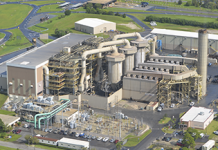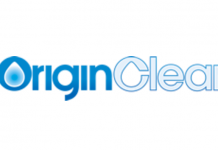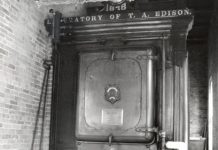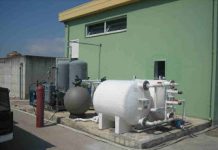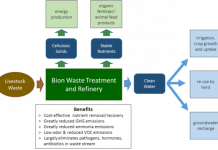by Debra Fiakas CFA
In 2009, the Department of Energy (DOE) awarded $17.4 million in funding to a gaggle of companies pursuing practical uses for carbon dioxide. The recipients were asked to kick in a total of $7.7 million. A year later in 2010, the DOE picked six projects to a second round of support totaling $82.6 million.
Industrial giant Alcoa, Inc. (AA: NYSE) leads one of the winning groups, including partners U.S. Nels, CO2 Solutions (CST: V or COSLF: OTC/BB) and Strategic Solutions. The DOE gave the Alcoa team $13.5 million to complete a pilot project for flue gas capture and conversion to a useful product.
The project is dependent upon a new in-duct scrubber technology to capture and treat flue gas. The technology is being tested at an aluminum manufacturing process. A by-product of aluminum production is alkaline clay or bauxite residue. The project will combine the flue gas with enzymes and this alkaline clay and turn out a mineral-rich soil mix that can be used for environmental remediation.
The pilot is also dependent upon the effectiveness of special enzymes produced by CO2 Solutions and its partner Codexis (CDSX: Nasdaq) – carbonic anhydrase enzymes to be exact. The enzymes are supposed to decrease the cost of the CO2 capture step. Carbon dioxide and water converts to bicarbonate anyway, but the enzymes dramatically speed up the process.
In its most recent annual report, Alcoa reported progress on a pilot project involving technologies that would eliminate CO2 emissions, but was did not report specifically on the DOE funded project. Aluminum production is among the most toxic of industrial processes. Any reduction in emissions from Alcoa’s plants will be significant in the battle to reduce greenhouse gases. The aluminum industry claims a reduction in perfluorocarbon (PFC) emissions by 77% over the last fourteen years. Yet there is more to do. Alcoa represents ‘big muscle’ in the industry and its leadership in technology development would probably send the entire industry in the same direction.
While a stake in Alcoa is simply a play on aluminum production, the shares of Codexis and CO2 Solutions are more clearly defined by carbon capture. Alcoa towers over the two microcap companies in revenue. Its stock trades at 9.8 times the consensus estimate and offers a dividend yield of 1.4%. Neither Codexis nor CO2 Solutions have been able to generate a profit, so CDSX and COSLF trade like options on their technologies.
Debra Fiakas is the Managing Director of Crystal Equity Research, an alternative research resource on small capitalization companies in selected industries.
Neither the author of the Small Cap Strategist web log, Crystal Equity Research nor its affiliates have a beneficial interest in the companies mentioned herein.

